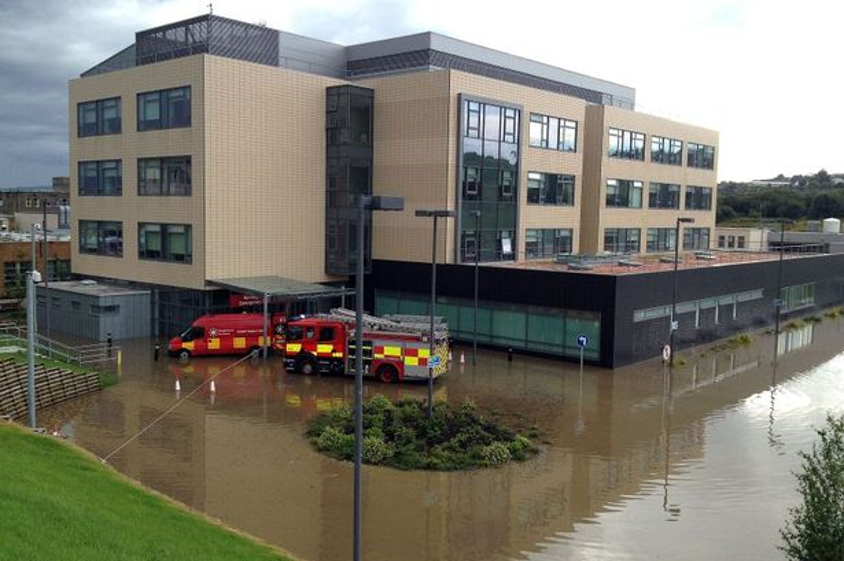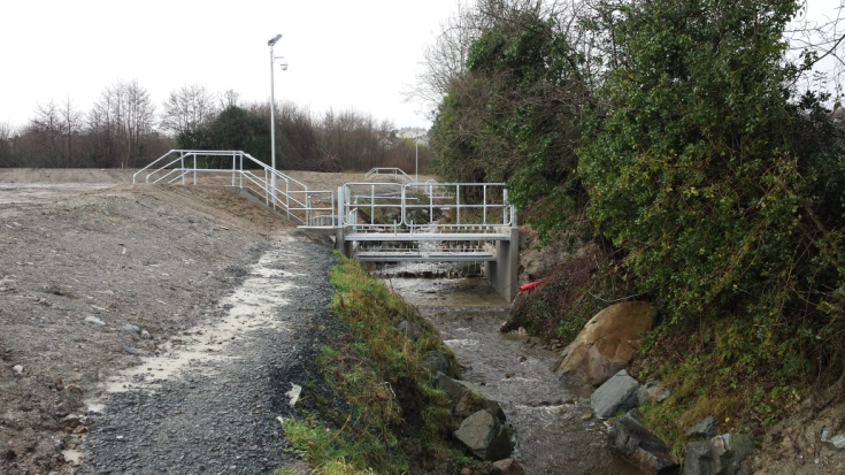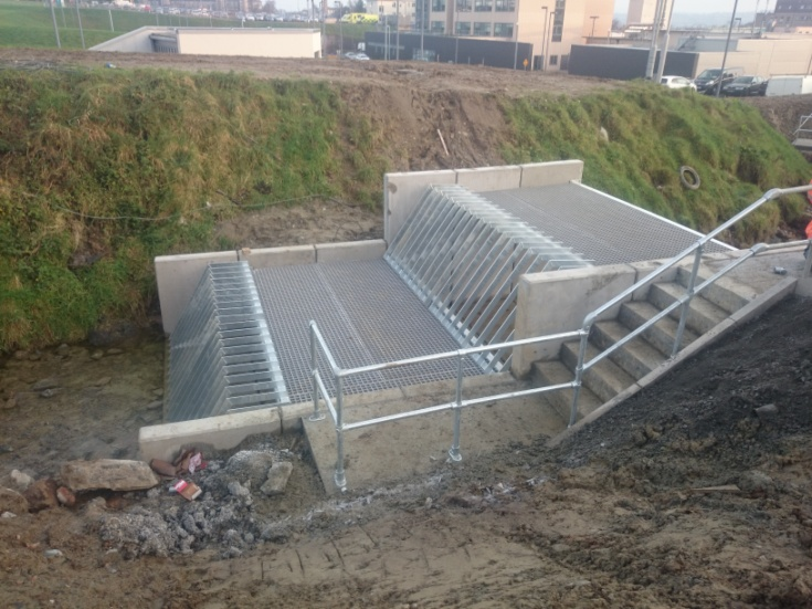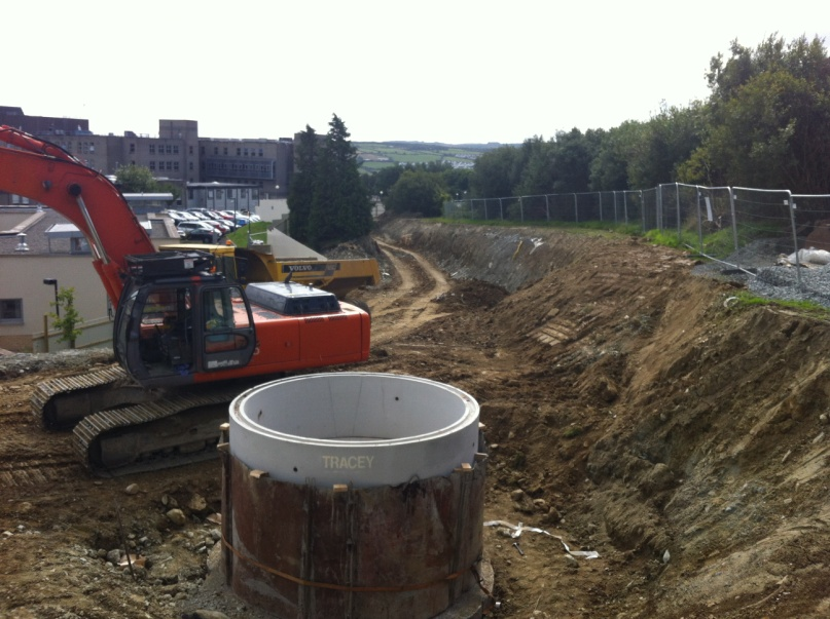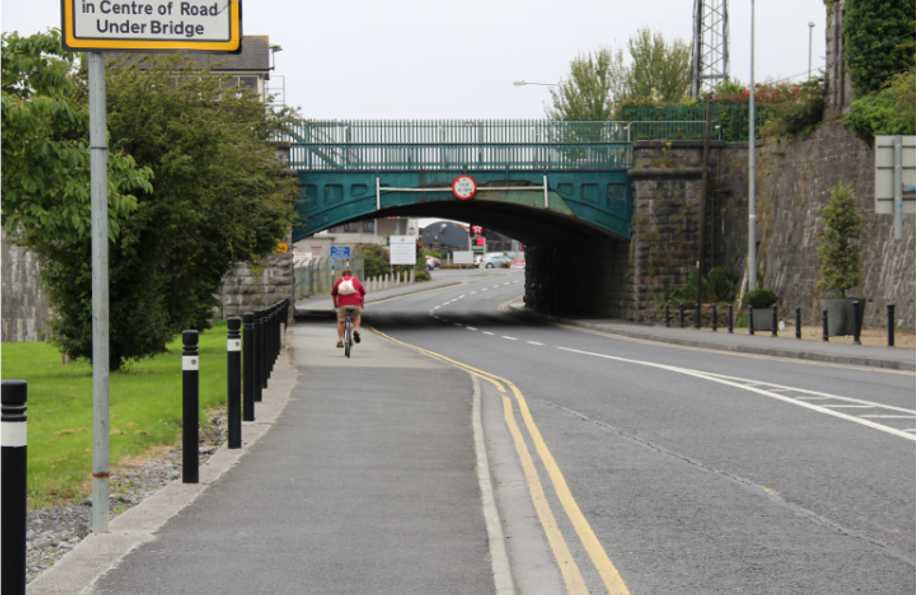In July 2013, following intense rainfall in the area, flooding occurred in parts of Letterkenny General Hospital. The source of the flood water was a local stream known as the Sprackburn Tributary (a tributary of the River Swilly), which runs towards the hospital and enters a 1350mm diameter circular culvert running through the hospital grounds.
A second flooding incident had occurred a year later on 5th August 2014, although the source for that event was surcharging at a storm manhole. Moreover, the site had experienced several other flooding incidents or ‘near misses’ in more recent years. To address these well documented issues, TOBIN Consulting Engineers was brought in as the lead multidisciplinary consultant for the construction of a new 1350mm diameter culvert along the western perimeter of the hospital site, the provision of additional screen area upstream of the culvert, and other minor works. These works were part of a range of measures implemented under the Flood Management Strategy for the hospital.
The storm flow routing pipeline (i.e. culvert) now acts as a backup if the existing culvert becomes blocked. The intention is not for the pipeline to be utilized during normal conditions.
The Flood Risk Mitigation Works at Letterkenny General Hospital had a particular focus on the sustainable use of water, and the primary aim of the works was to address localized flooding by retaining storm flows in their intended conduits, rather than spilling into the hospital car park and buildings. As a result, the works minimized the risk of hydrocarbons and other substances from draining back into local watercourses.
In summary, the Letterkenny General Hospital Flood Risk Mitigation Works were successfully constructed under a number of environmental constraints, in particular those related to patient health; the prevention of flooding in the area will improve the quality of local watercourses; and the prevention of future flooding that will improve the health and happiness of the users of Letterkenny General Hospital.
